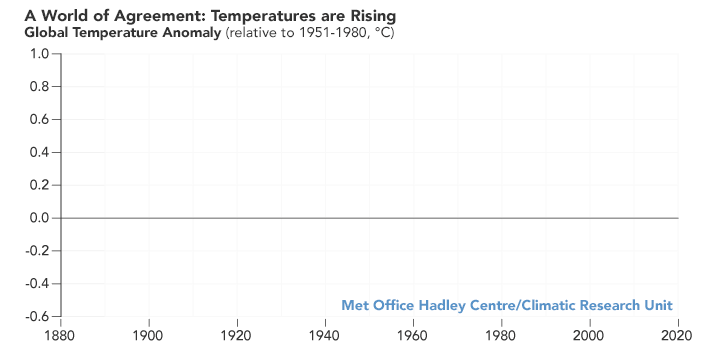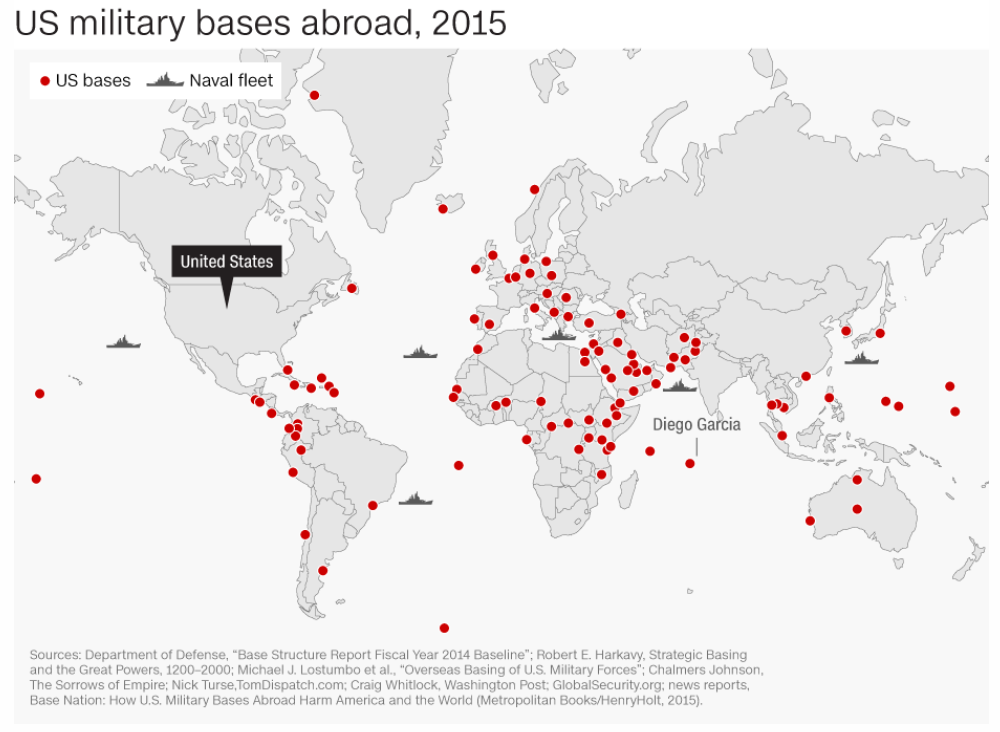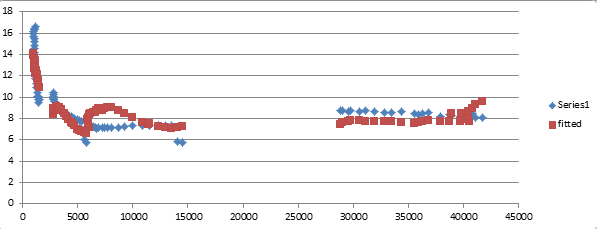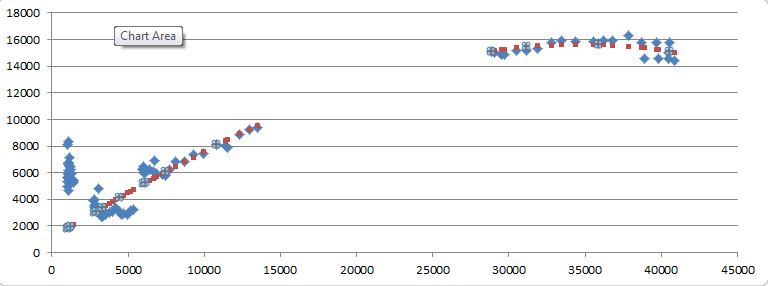Once upon a time, there was a fair, prosperous land known as the Twin Kingdoms. It was so named because it was divided neatly in two halves by a swift river. These two halves were left by the dying king to his twin sons – the right half to Prince Cleo and the left half to Prince Tharm. The King thought both to be strong, honest rulers, who loved each other and their subjects. Their father had fought many wars to bring them peace and prosperity, and both princes swore to him they would work to protect it.
When it came time to marry, Prince Cleo searched wide and long, threw many balls, until finally he made his choice: Hannelore – she was neither the wealthiest, nor the wisest, nor the fairest of the maidens in his realm, but rather was a good mix of all these things together. She loved her fiancé and he loved her.
When the banns were announced, his brother Tharm – full of love – embraced Cleo and wished him every happiness. However, as the wedding day grew nearer, Tharm began to have jealous thoughts, for he had yet to find a bride of his own. The night of the wedding, when all were dancing in celebration of Cleo and Hannelore, Tharm’s eye fell upon a lesser nobleman’s daughter – frail as a flower and as beautiful as a whole bouquet. Prince Tharm danced with her for so long that the noblewomen all took note. Her name was Mischa, and her beauty far surpassed that of Hannelore’s.
That very night, just before the newlyweds departed to their honeymoon, Prince Tharm stumbled atop a table, took a draft from his ale and declared aloud that he too had found a bride. He lifted the frail Mischa up in his strong arms and she blushed as he kissed her full on the lips. The crowd erupted in applause, and declared this the most joyful night in the history of the Twin Kingdoms. Only Cleo and Hannelore, who had grown in each other’s confidence through their long courtship, exchanged a quick glance of concern.
For many long years thereafter, all seemed well in the Twin Kingdoms. The harvests were good and the Twin Kings, as they were now known, made good on their promise to rule wisely and selflessly. Queen Hannelore bore Cleo seven children – and after each new prince or princess had come, Queen Mischa seemed to follow, as if to preserve the balance, or perhaps to compete.
Then one year, when winter fell, a violent storm swept across the Twin Kingdoms, uprooting trees and sending them hurtling down the river, destroying the bridge that linked the the Left Kingdom with the Right. Both Kings took action, riding out into the storm with their bravest men to secure the granaries, save the flocks and lead the peasants to safety. Queen Hannelore sat in her high tower, comforting the infant prince at her chest, while the other children gathered about her.
Suddenly, there was a fluttering at the tower window. A crow entered the chamber and to Hannelore’s astonishment, it transformed into a woman – tall, unnaturally pure and pale, with jet black hair and black eyes to match her long black velvet dress.
“Fear not, O Queen,” spoke the witch (for Hannelore knew it could be nothing else, and drew her children protectively around her. “I come with ill tidings, but I come also with a gift.”
“I want none of your tidings,” replied Hannelore. “Still less do I want your gifts. Leave now before I call the palace guards.”
But the witch continued as if she had not heard this. “The good harvests are over. Now disease and famine will come to the Twin Kingdoms.” She paused and cast her jet black eyes over the seven children gathered at the mother’s feet. “Many of the young will die and your own children will not be spared. Unless…” Here she drew from within her sleeve a vial, containing a shimmering colourful liquid. “…you accept to have them take this potion, which protects from all disease and will guarantee them long years of life.”
The thought of saving her children made Hannelore pause. “And what would you ask in return?”
“Nothing at all.” replied the witch. “Only that you hold me in better regard, for I wish to be a friend of the Twin Kingdoms.”
However, Queen Hannelore had grown wise. She knew that nothing was given for nothing. “Guards!” she called, and in a moment the doors flew open and the King’s men entered with halberds at the ready. The witch gave a ghastly cry, smashing the vial of potion on the floor and jumping out the window into the storm before the guards could reach her.
When the storm lifted, the Twin Kings saw that much of their Kingdoms had been laid to ruin. The winter that followed was long and hard, with snows lasting well into June. Just as the witch had foretold, hunger took hold of the Kingdoms, and disease began to spread, taking the weakest to their graves. One by one, Queen Hannelore’s seven children fell ill, and though she tended them with the greatest of care and devotion, all died, save the youngest prince, who bore his father’s name. This young Prince Cleo already resembled his father, and as the hard years went on, he grew to be a strong man in his own right; ever serving the Kingdom, ever by his father’s side.
Things were very different in Left Kingdom, however. To everyone’s astonishment, Queen Mischa survived the disease despite her frailty, and so did all seven of her princely children, and many others in her court besides. As the years went on, Cleo and Hannelore were made less and less welcome in King Tharm’s Court, though the witch was often seen there. Worse, rumours were spread among the common folk that Hannelore had denied them a great potion, and that they had suffered needlessly because of her vanity. Distrust was sown across the mighty river and the work to repair the storm-damaged bridge came to a halt.
When the springs came early again, and the summers once more grew long, King Cleo and his son crossed the river to meet Tharm and make common plans for a harvest. To his astonishment, he found his brother asleep, slouched in his throne and uninterested in making any plans.
“I have ceded my power to the Council of Seven Children. Together with their many advisors, they rule the Left Kingdom in my name.” He pointed to a long table set on a pedestal above the throne. At it were seated Prince Cleo’s seven cousins, four sickly girls and three weak, simpering boys. The heads of the princess and princes seemed hardly able to support the weight of their crowns. Behind each, a magistrate stood, wearing a heavy golden chain. At the head of the table sat the witch, smiling darkly. Behind her, in an attitude of fear, cowered Queen Mischa.
“Cousins,” Prince Cleo declared, for he had gone to the table already. “Our moment has come. Our fathers the Kings depend on us to resow the crops. To rebuild the granaries. To bring prosperity back to our people.”
“Many decisions to be made…” one of them muttered, while a magistrate whispered into her ear. “We must consider that the people are so very tired.”
“We cannot ask too much of them,” another said, appearing to repeat the words of her own magistrate.
“But work they must!” cried Prince Cleo.
“There must be equity. For on this side of the Twin Kingdoms, we are righteous,” another cousin answered, taking a sip from a vial of potion that lay before him. “Whereas your mother chose to let many die, we bear the responsibility for those who have lived and must now be kept safe.”
“And because your half of the Kingdom is strong. You must come to our aid,” the witch spoke at last. “For here, on our side, we cannot sustain ourselves. Ever have the Twin Kingdoms acted as one. You must start by rebuilding the bridge, so that grain can be brought in aid of our sick and our weak.”
Now the witch had lost her unnatural sheen and her pale face peeled away into yellow scabs. Prince Cleo grew angry at the sight of her. “By whose authority do you dare address orders to a Prince, you withered hag?”
“By the authority of the king!” It was King Tharm who spoke these words, roused from his throne below the Council Table. Prince Cleo looked to the table and saw now that each of his seven cousins had before them a vial of potion, from which they constantly took little sips.
“Be merciful nephew,” Queen Mischa spoke timidly, “Without the aid of her magic, they would soon die. She commands us now.”
Prince Cleo was enraged. His strong body flew into action, drawing a great long-sword from its scabbard. But as he lifted the blade to cut the hag’s head from her shoulders, his father the King stayed his arm and led his son away.
King Cleo and Prince Cleo sailed from the Left Kingdom back to the Right. The bridge was never rebuilt and the two Kingdoms grew ever apart – the Right one grew prosperous and stronger; the Left one slowly died, being sickly and false.





